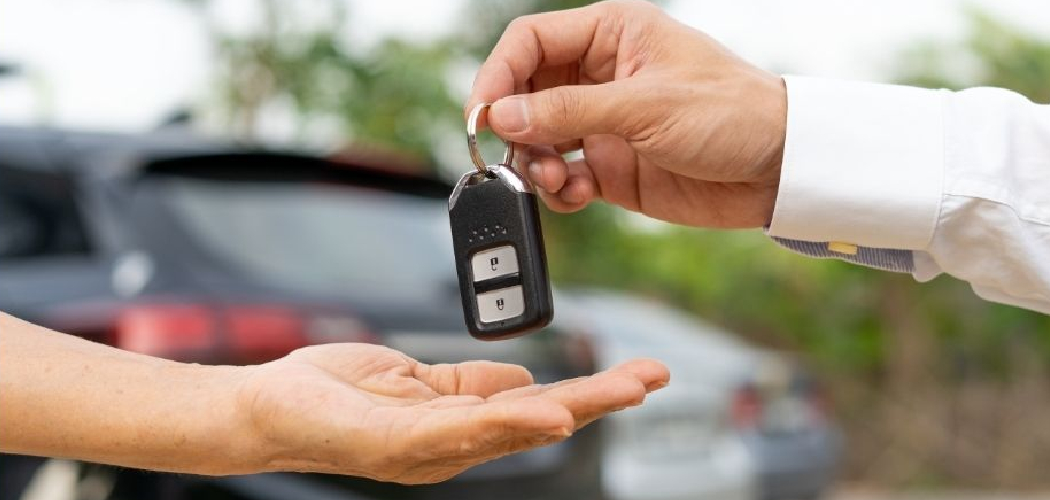In our daily lives, we often underestimate the power held by the small metal objects jingling in our pockets. Our keys grant access to our most valuable assets: our homes, cars, and offices. Losing them is an inconvenience, but having them stolen is a direct threat to our security and peace of mind. A stolen key in the wrong hands can lead to burglary, vehicle theft, and significant personal stress.
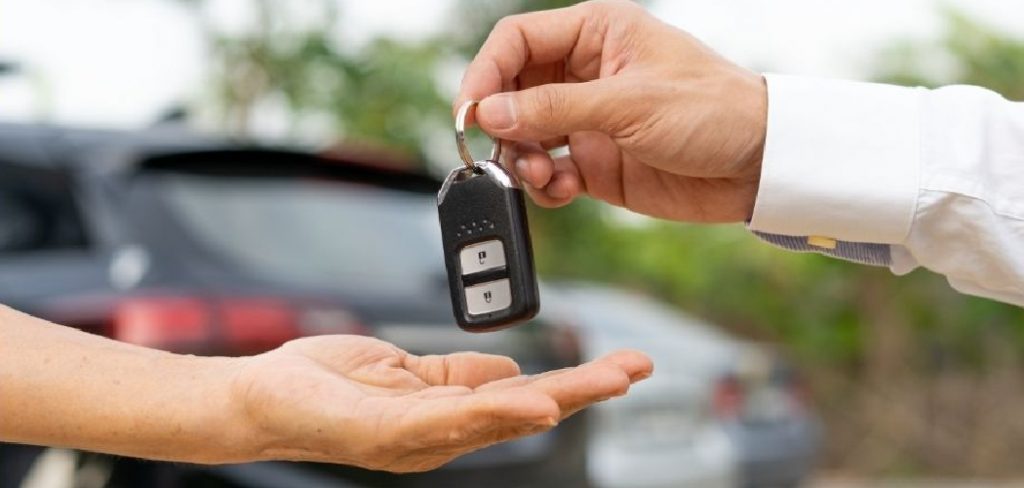
Fortunately, there are simple yet effective strategies you can implement to safeguard your keys from opportunistic thieves. Learning how to protect keys from theft is not about becoming paranoid; it’s about adopting smart habits and using modern tools to minimize your risk. This guide will provide a clear, step-by-step approach to enhancing your key security, ensuring that access to your personal world remains firmly in your control.
Why Key Security Is a Crucial Part of Personal Safety
Your keys are the physical gatekeepers to your life. Losing them to theft is more than just an inconvenience; it’s a serious security breach. A thief with your keys may also have information about your address from a lost wallet or a brief moment of observation, creating a direct path to your home or vehicle. Protecting your keys is a fundamental layer of personal and property security. Proactive anti-theft measures prevent the costly and stressful process of changing locks, rekeying cars, and recovering from a potential break-in, giving you invaluable peace of mind.
7 Step-by-Step Guide: How to Protect Keys from Theft
Step 1: Consolidate and Minimize Your Keychain
A bulky, overloaded keychain is not just cumbersome; it’s a security risk. The more keys you carry, the more you stand to lose if they are stolen. Start by auditing your keychain. Remove any keys that you no longer use daily, such as old P.O. box keys or keys to a previous residence. Store these lesser-used keys in a secure location at home. A minimalist keychain is less conspicuous and easier to manage. Using a slim key organizer can further streamline your carry, keeping your keys compact and silent, which draws less attention from potential thieves.
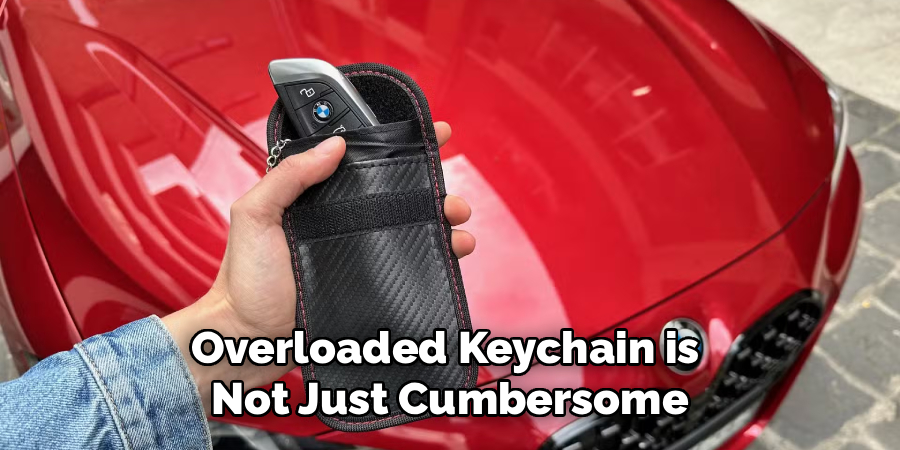
Step 2: Never Label Your Keys with Personal Information
Labeling a key with “Home” or your address is like handing a thief a map to your front door. Never put any identifying information directly on your keys or keychain. This includes your name, address, phone number, or license plate number. If you must label keys to tell them apart, use a private coding system that only you understand, such as different colored key caps or a series of small, indistinct notches. This simple precaution ensures that if your keys are ever lost or stolen, they cannot be immediately linked back to your property.
Step 3: Use a Key Tracking Device
In the digital age, technology offers powerful tools for key security. A Bluetooth key tracker is a small, affordable device that you can attach to your keychain. It pairs with an app on your smartphone, allowing you to “ring” your keys when they are nearby or see their last known location on a map if you’ve left them behind. Some trackers even offer community-find features, where other users of the app can anonymously help locate your lost items. While not a direct anti-theft measure, a key tracker dramatically increases your chances of recovering lost keys before they fall into the wrong hands.
Step 4: Practice Mindful Key Placement
The most common way keys are stolen is through simple opportunity. Thieves look for keys left unattended on cafe tables, in gym lockers, or hanging from a door lock. Develop a consistent habit of placing your keys in a secure, designated spot, such as a zippered pocket inside your bag or a deep front pocket of your pants. Avoid leaving them in plain sight. When at home, use a designated key hook or bowl away from doors and windows. Never leave your keys in your car’s ignition, even for a moment. This mindfulness is a core part of how to protect keys from theft.
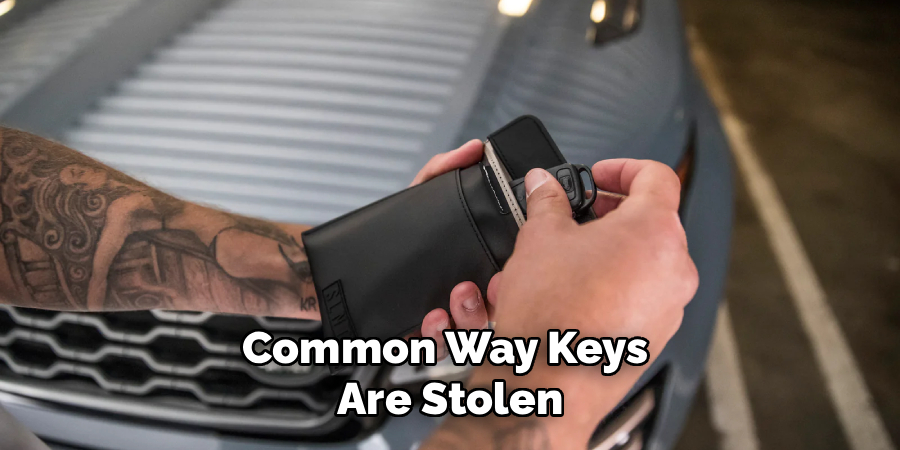
Step 5: Secure Your Keys with a Carabiner or Chain
Physically attaching your keys to your person or your bag is one of the most effective anti-theft measures. A sturdy carabiner clip allows you to securely fasten your keys to a belt loop, while a wallet or key chain can connect them to the inside of a purse or backpack. This simple physical tether makes it incredibly difficult for a pickpocket to snatch your keys without you noticing. This method is especially valuable in crowded places like public transportation, concerts, or busy city streets, where opportunistic theft is more common.
Step 6: Implement RFID Protection for Modern Car Keys
Many modern car keys are key fobs that use Radio-Frequency Identification (RFID) or similar signals for keyless entry and push-to-start ignitions. Thieves can use a device called a relay amplifier to capture this signal, even from inside your house, and use it to unlock and start your car. To combat this, you must block the signal when the key is not in use. Store your car key in an RFID-blocking pouch or a Faraday box. This secure storage solution creates a barrier that prevents thieves from intercepting your key’s signal, a crucial step in understanding how to protect keys from theft in the modern era.
Step 7: Create a Secure Spare Key Strategy
Hiding a spare key under the doormat or a fake rock is an open invitation to burglars. These hiding spots are the first places they look. A much safer strategy is to leave a spare key with a trusted neighbor or a nearby family member. If you must have a spare on your property, use a high-quality, combination lockbox and secure it in a discreet, out-of-sight location. Avoid cheap, flimsy lockboxes that can be easily broken into. A smart spare key strategy ensures you have access when you need it without creating a security vulnerability.
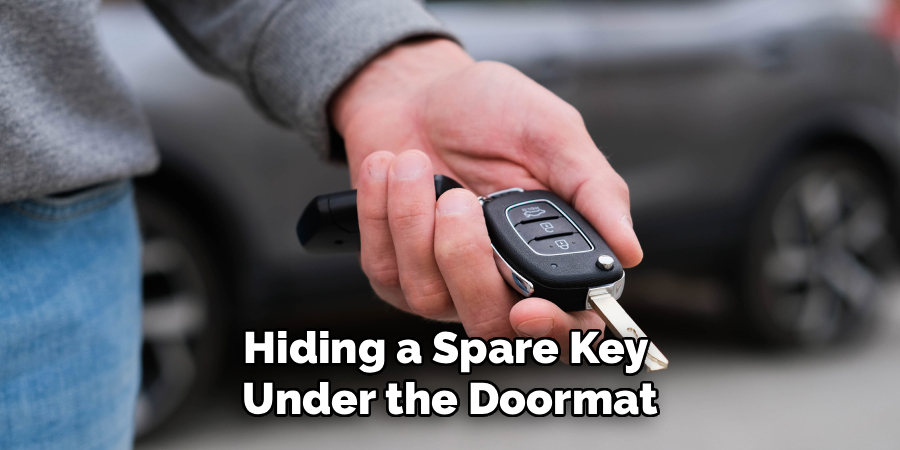
Frequently Asked Questions (FAQs)
What Should I Do Immediately If My Keys Are Stolen?
If you suspect your keys have been stolen, you must act quickly.
- If your house key is gone, contact a locksmith immediately to have your locks changed or rekeyed.
- If your car key was stolen, contact your dealership or an automotive locksmith to have the key deprogrammed from your car’s computer, rendering it useless.
- File a police report. This creates an official record of the theft, which may be useful for insurance purposes.
Are Digital or Smart Locks a Good Alternative?
Yes, smart locks can be an excellent alternative to traditional keys. They offer keyless entry via a keypad code, a smartphone app, or even your fingerprint. This eliminates the risk of a physical key being lost or stolen. Many smart locks also keep a log of when the door has been opened and allow you to grant temporary access to guests remotely, offering both enhanced security and convenience.
What Is a Relay Attack and How Do I Prevent It?
A relay attack is a method used by thieves to steal cars with keyless entry systems. They use a pair of devices to capture the signal from your key fob inside your house and “relay” it to your car, tricking the car into thinking the key is present. The best way to prevent this is to store your key fob in an RFID-blocking pouch or a Faraday box, which blocks the signal and makes it impossible for thieves to intercept.
Is It Safe to Have My Address on a Key Return Tag?
While key return services seem helpful, having your address on a tag attached to your keys is a significant security risk. If the keys are found by someone with malicious intent, they have both the key and the address. It is much safer to use a Bluetooth tracker to find lost keys yourself or to rely on a secure key return service that uses an anonymous ID number instead of your personal information.
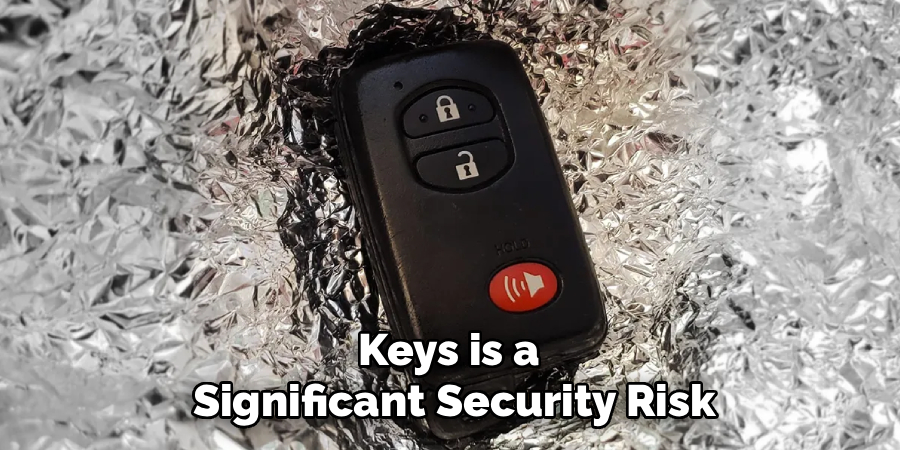
How Can I Make My Keychain Less Attractive to Thieves?
Keep your keychain minimal and discreet. Avoid flashy, expensive keychains that might draw attention. A simple, functional key organizer or a plain ring is less likely to be targeted. Most importantly, never attach your car key and your house key to the same ring. Keeping them separate means that if one is stolen, you don’t compromise the security of both your home and your vehicle.
Conclusion
Knowing how to protect keys from theft is a fundamental aspect of modern personal security that combines common-sense habits with simple technology. By being mindful of where you place your keys, minimizing what you carry, and using tools like trackers and RFID blockers, you create multiple layers of defense that significantly reduce your risk. A few small changes to your daily routine can make the difference between security and vulnerability.
The peace of mind that comes from knowing your home and property are secure is invaluable. Start implementing these strategies today to ensure your keys—and the access they provide—remain safely in your possession.

